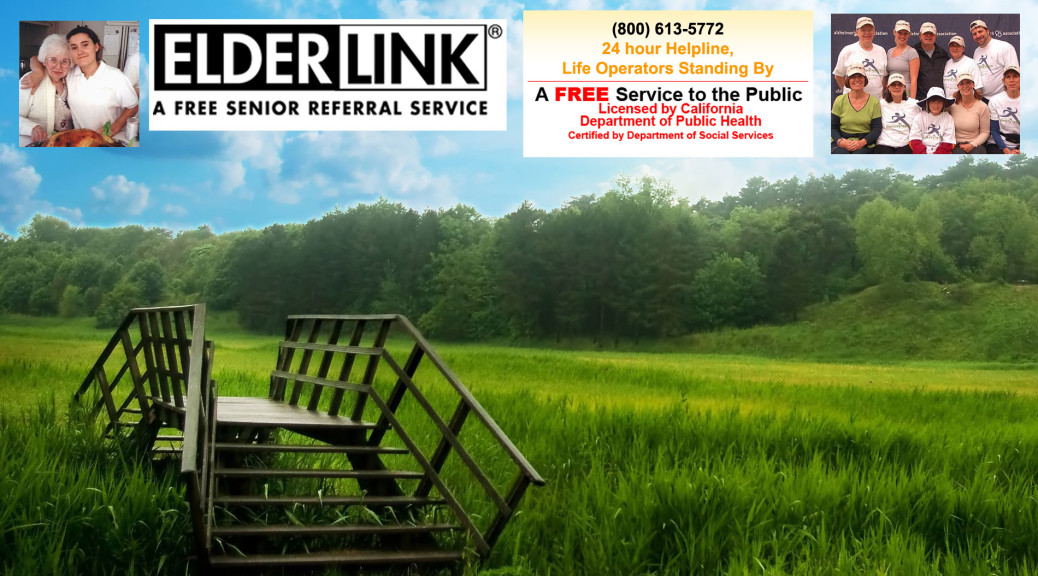One of the most confusing elements of securing care for seniors is deciphering the difference between home health versus home care. Although it might seem like a minor difference, the distinction between the two terms is more than splitting nouns to professionals in the industry – especially for insurance providers.
One of the most important differences is that care provided by home health agencies are usually covered by medical insurance because these services are prescribed by a doctor and are often part of a transition from a hospital stay back into a home. Home care services are not usually covered by medical insurance but may be covered by long term insurance. The main reason why medical insurance covers one and not the other? Home health services require a trained professional, such as a physical therapist, occupational therapist, registered nurse or certified nurse assistant, while home care services generally not to require professional training or education.
The type of care and the insurance coverage that will be provided depend on each individual but these are some of the key terms you should know.
HOME CARE/ASSISTED LIVING/COMPANION OR RESPITE CARE
This type of care is often provided by friends or family members and includes assistance with daily living tasks. When looking for an extra pair of hands outside your immediate circle, Home Care Agencies can offer assistance. The types of services provided may include light housekeeping, shopping, cooking, laundry, medication reminders, companionship and even transportation to doctor’s appointments, shopping or recreational activities. These agencies usually charge by the hour and may require a minimum number of hours for each shift. Beyond any minimum shift requirements, these types of agencies may offer services for up to 24 hours, allowing the primary caregiver (often a spouse) the opportunity to get away for a few hours or even for several days. Benefits of using a home care agency include care coverage in the case the regular agency care provider is unavailable, employment taxes and fees are handled by the agency and agency caregivers often have some related training. Depending upon your policy, these services may be covered by long term insurance.
HOME HEALTH (AGENCY)
Generally licensed by each state, home health agencies primarily provide skilled care, although some may also provide companion and home care services. Common services provided by home health include nursing care, physical therapy, occupational therapy, speech therapy and respiratory therapy. Some agencies may also provide medical equipment and supplies as well as home health aide services, such as assistance with bathing, dressing and eating. In addition to providing services to patients in private homes, home health agencies may also be able to provide services to patients in assisted living facilities and adult family care homes. Scheduling the services of the medical professionals, including the nurses and therapists, is not as definite as with home care staff as home health professionals are usually going from one patient home to another. The services for skilled home heath care are usually paid in part or entirely by an array of health insurance and long term care insurance, depending upon the policy. Services may also be paid out of pocket or on a fee-for-service basis.
MEDICARE HOME HEALTH AGENCY
These agencies provide skilled care in a person’s home and paid for by Medicare if the following conditions are met: the patient must be under the care of a doctor and you must be receiving services under a care plan established and reviewed on a regular basis by a doctor. As part of this process, a doctor must certify that the patient needs one of more of the following: intermittent skilled nursing care, physical therapy, speech-language pathology services and/or occupational therapy. The agency must be approved by Medicare (aka Medicare certified) and doctor must also certify that the patient is homebound. If these conditions are met, Medicare is likely to pay for your covered home health services for as long as the patient is eligible and the doctor certifies that the services are necessary. Usually homebound patients are still permitted to leave home for medial appointments or procedures as well as brief non-medical reasons, such as a haircut or to attend religious services. Please consult your doctor and agency for specific requirements and eligibility.
These are the most common types of agencies to provide in-home or outpatient care. In case of injury, such as a broken hip or knee replacement, in-home care may only be needed for several weeks. Navigating the system of elder care services and agencies can be confusing for anyone. Sometimes it can be overwhelming. Finding the appropriate level of care and caregivers you can trust can take time but it is time well spent.
If the time has come when your aging loved one is no longer able to live independently, please contact the knowledgeable staff at ElderLink. We will help you find elder care services or an assisted living facility within California that is customized for the requirements of your family.



 “An individual will fill out an advance directive, but unless they bring a copy with them, the provider will likely not know or see it exists,” said Kim Callinan, chief program officer at Compassion & Choices, a Colorado-based group that advocates for end-of-life care options.
“An individual will fill out an advance directive, but unless they bring a copy with them, the provider will likely not know or see it exists,” said Kim Callinan, chief program officer at Compassion & Choices, a Colorado-based group that advocates for end-of-life care options.